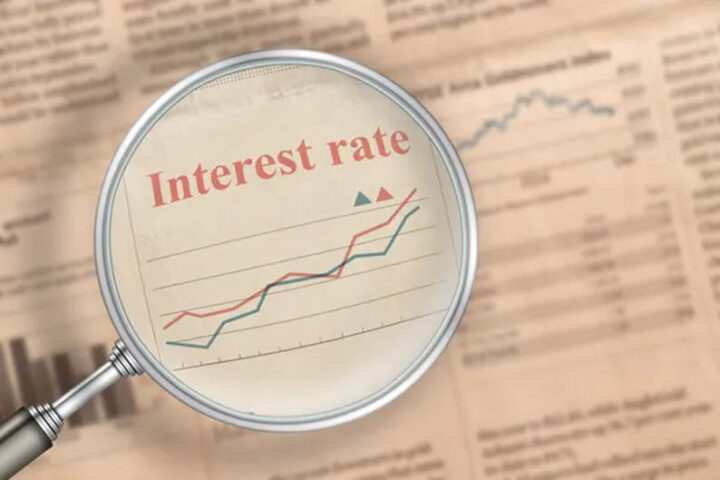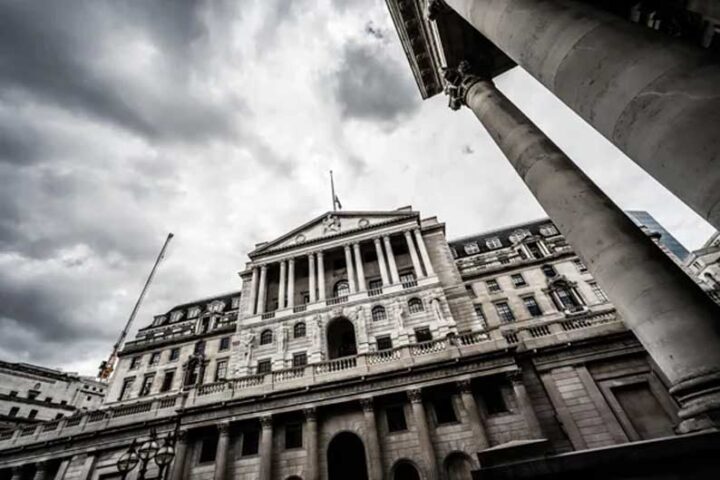There will be just one US interest rate cut by the Federal Reserve this year, predicted the CEO of a leading financial advisory and fintech, after the jobs report for March exceeded expectations.
The prediction from Nigel Green of deVere Group comes as US employers added 303,000 jobs in March and the unemployment rate fell to 3.8%, according to the Bureau of Labor Statistics report on Friday.
The total of non-farm payrolls far exceeds most expectations of 205,000 and for the jobless rate to fall from 3.9% to 3.8%.
“This far stronger-than-expected NFP jobs report, combined with a recent slew of data showing that inflation remains sticky, further exacerbates our expectation that the Fed will continue to be cautious with rates,” said Green.
“A stronger labour market fuels concerns because increased consumer-spending power fuels inflation.
“We expect that there will be a maximum of one rate cut this year – in the third quarter – followed by a pause in order to reassess the impact on the world’s largest economy.”
As interest rates are likely to remain elevated for a longer duration than previously anticipated, investors need to recalibrate their portfolios to mitigate risks and capitalise on emerging opportunities, Green explained.
“Firstly, investors should consider reallocating their portfolios to sectors that typically perform well in a rising interest rate environment.
“Historically, sectors such as financials, industrials, and materials have outperformed during periods of higher interest rates,” he said.
“Financial companies tend to benefit from wider net interest margins, while industrials and materials often see increased demand as economic activity picks up pace.
Utilities, real estate
“Conversely, sectors that are sensitive to interest rates, such as utilities, real estate, and consumer staples, may face challenges in a higher-for-longer interest rate environment.
“Utilities and real estate companies, for example, often carry significant debt loads, making them vulnerable to rising borrowing costs. Similarly, consumer staples companies may experience pressure on profit margins as borrowing costs increase.”
Green said that diversification remains key for investors looking to navigate the complexities of a shifting interest rate landscape.
By spreading risk across different asset classes and sectors, investors can mitigate the impact of interest rate fluctuations on their portfolios.
“Bonds with shorter durations may also offer some protection against rising interest rates, as they are less sensitive to changes in yields compared to longer-term bonds,” noted the deVere CEO.
The latest employment report comes after 11 rate hikes from the Federal Reserve in its battle to tame multi-decades high inflation.
As the data was published both yields and the US dollar spiked.
Green concluded, “as we expect a maximum of one rate cut in 2024, investors might need to adjust their portfolios to adapt to the higher-for-longer environment to mitigate risk and to jump on the opportunities.”









